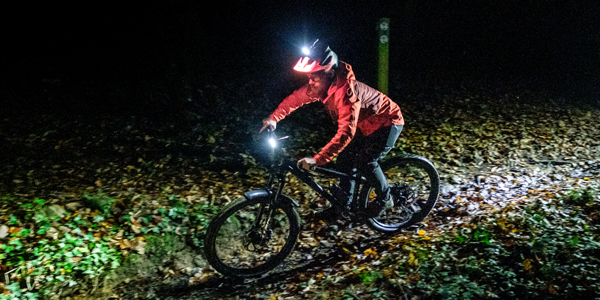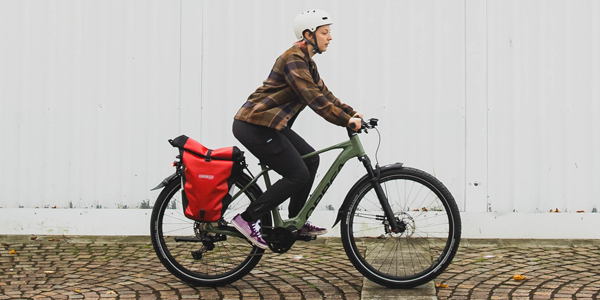Riding your bike in the colder months of the year can be just as rewarding as warm weather cycling if you wear the correct clothing and optimise your bike set up. The weather tends to be cooler, the scenery is often picturesque with colourful foliage, and there are fewer crowds on the roads and trails, journeys can take slightly longer. This autumn cycling guide will help you and your bike to be ready for riding when the temperature drops and the nights draw in.
Wear Multiple Layers
Layering your clothing when cycling is essential to help regulate your body temperature and stay comfortable in a variety of weather conditions. Proper layering allows you to add or remove clothing as needed to stay warm or cool during your ride. A base, mid and outer shell will help you to stay dry, warm and will act as a barrier from the elements.
Read Our Layering GuideWindproof Jackets
As the temperature drops it is important to wear a top layer that prevents the cold wind from penetrating through to your body. This is where a windproof top comes in. Windproof cycling jackets are designed to protect cyclists from the chilling effects of wind while allowing moisture to escape, keeping you comfortable during rides. These jackets will deflect a light rain shower but a waterproof jacket would be best for those wet rides.
Read More About Windproof JacketsRead More About Waterproof JacketsKeep Your Legs Warm
Your legs are your engine, so it’s a good idea to have them at the right operating temperature. For road cycling, bib tights are an essential piece of apparel particularly in colder weather. They provide insulation, protection from wind and rain, and comfort during long rides. Bib tights with built-in chamois/padding is recommended which keep you comfortable in the saddle.
Read Our Bib Tights GuideStay Warm Off-Road
As well as keeping your legs warm and dry MTB trousers make your riding life easier. They keep the mud off your legs, socks, and knee pads when it splashes up from the trail. Stretch fabrics make MTB pants comfortable on the bike while DWR water resistant coatings keep your legs dry as you splash through the puddles. These trousers are tailored to provide comfort, protection, and performance for mountain bikers navigating rugged terrain.
Read Our MTB Trousers GuideLook after your extremities
Keeping your fingers and toes warm makes a huge difference to your comfort on the bike and can massively enhance your riding experience in the cold. Overshoes on the road bike and waterproof socks on the mountain bike will keep your feet warm when it’s wet on the ground and to keep the wind chill out. Long finger gloves are the best way to keep your fingers warm whichever bike you’re riding.
Read Our Gloves GuideBe Safe, Be Seen
Cycling in the dark can be an enjoyable and exhilarating experience, but it requires extra precautions to ensure your safety. Whether you’re commuting or training the safest way to ride on the roads is to make sure you are seen by wearing bright Hi-Viz clothing. At night, colours don’t show up well so you’ll need reflective fabrics to be seen clearly. Fortunately, there are lots of jackets and jerseys that combine both elements for both night and day visibility.
Read Our Reflective Clothing Guide Read Our Hi-Vis Clothing GuideFend off the spray
Mudguards or fenders are essential for the autumn and winter, when cycling both on and off-road. They especially help keep you and your bike clean and dry by preventing mud, water, and debris from being thrown onto you and your bike. For road, full mudguards are the most comprehensive solution, but they aren’t suitable for every bike. A front fender is all you need to keep spray off your face on a MTB.
Read Our Mudguard Buyer's GuideClean your bike
Cleaning your bike during the autumn and winter months is essential to prevent corrosion of components and maintain your bikes performance. A dirty bike doesn’t work as well, and parts wear out quicker. Regular cleaning will keep your bike in top condition all-year-round, so you can enjoy the ride more.
Read Our Bike Cleaning GuideIt's time for Winter Tyres
With the autumn weather, it is time to fit those winter tyres. Winter tyres offer better traction, control, and reduce punctures with thicker rubber and sidewalls. Most importantly, a good set of winter tyres will transform your rides in cold and wet weather conditions offering more grip on the roads and trails. Don’t run the risk of puncturing with your existing summer tyres, check out our collection of tyres.
Read Our Mountain Bike Tyre Guide Read Our Road Bike Tyre GuideGo Tubeless
With rain, means more debris on the roads and trails. Unfortunately means more punctures, so a great way to avoid this is to go tubeless. With tyre sealant inside the tyres, tubeless systems will self-heal small punctures without you even realizing that you had a problem. With reduced rolling resistance, improved puncture resistance, and the ability to run lower tyre pressures for better traction and comfort, tubeless set up with transform your riding experience.
Read Our Tubeless Conversion GuideSee and be Seen
Lights are essential for riding through the shorter days of autumn, and to ensure your safety and visibility in low light conditions. As the nights draw in and the light levels drop, a good set of ‘be seen’ lights will make sure you’re not caught out on long days in the saddle. If you’re mountain biking in the evenings a bright front light will illuminate the trail when it’s dark.
Read Our Lights Buyer's GuideKeep your belongings dry
Waterproof pannier bags are essential for riders who need to carry gear, clothing, or supplies on their bikes in wet or rainy conditions. Whether you are commuting or gearing up for your next bike-packing adventure, pannier bags are designed to keep your belongings dry and protected from moisture, making them ideal for riding in wet weather.
Read Our Waterproof Bag Guide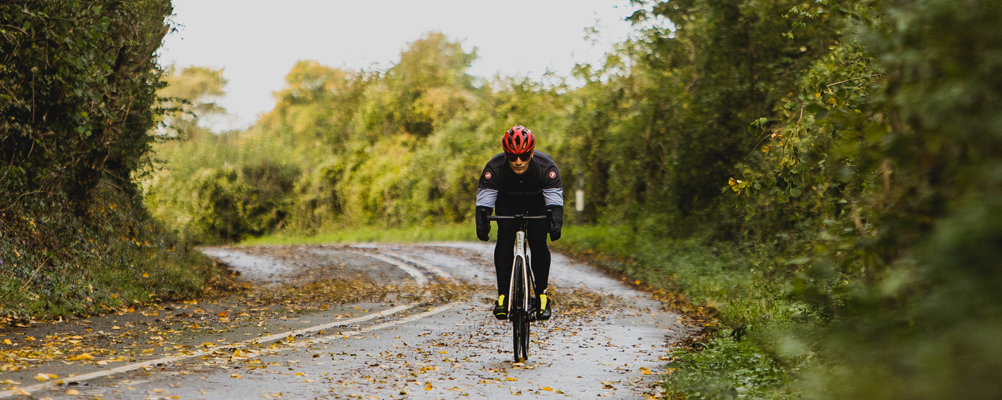
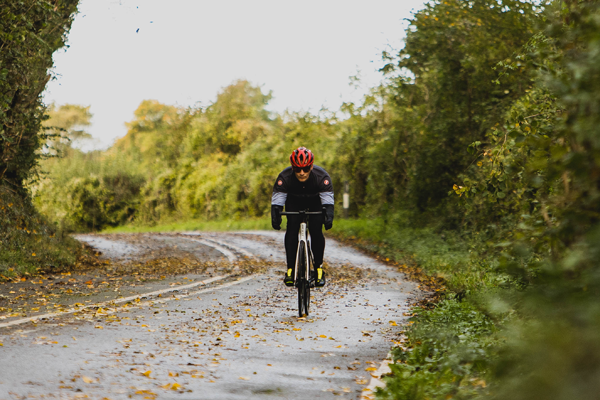
 Cycling Through The Colder Months
Cycling Through The Colder Months What should I wear cycling this autumn?
What should I wear cycling this autumn? 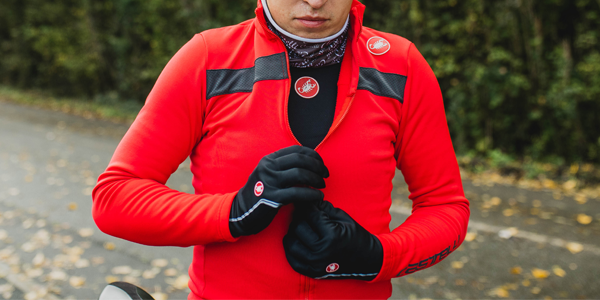
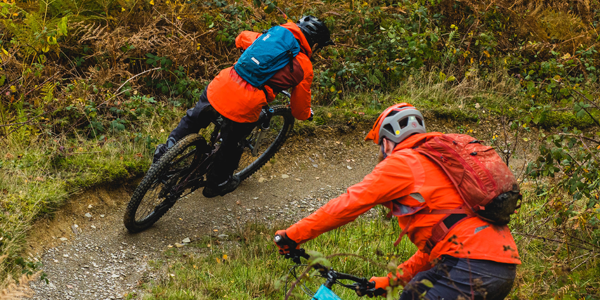
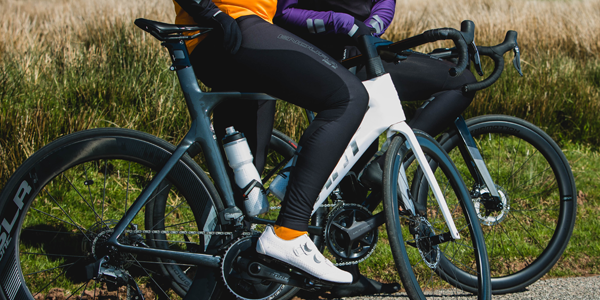
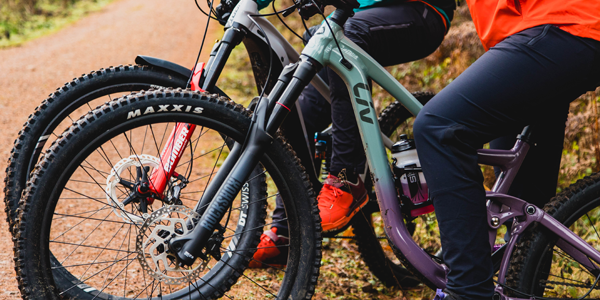
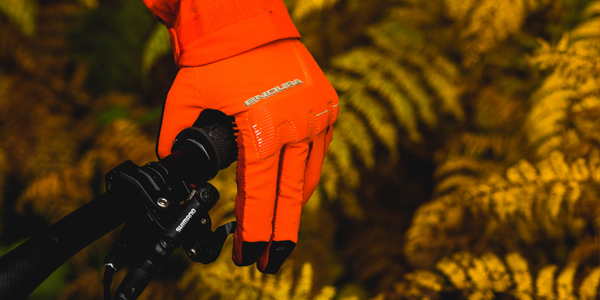
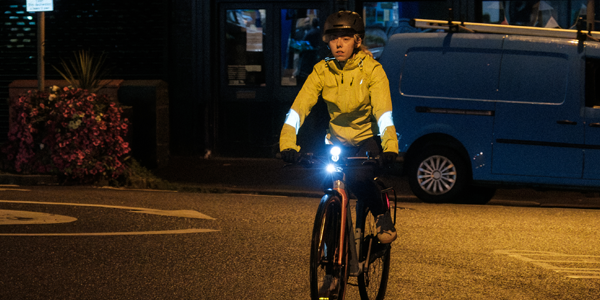
 How do I prepare my bike for winter?
How do I prepare my bike for winter?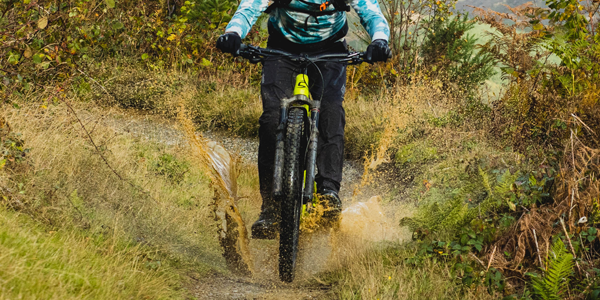
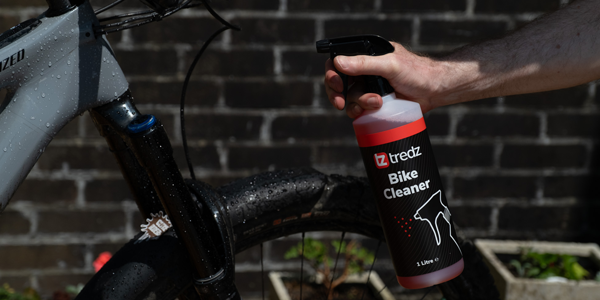
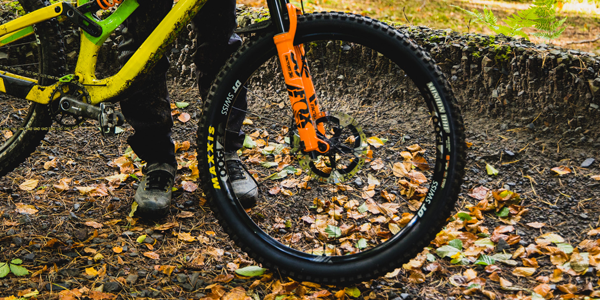
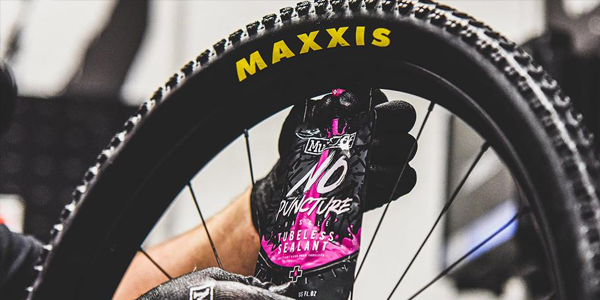
 What other accessories might I need?
What other accessories might I need?